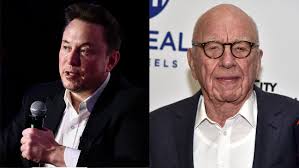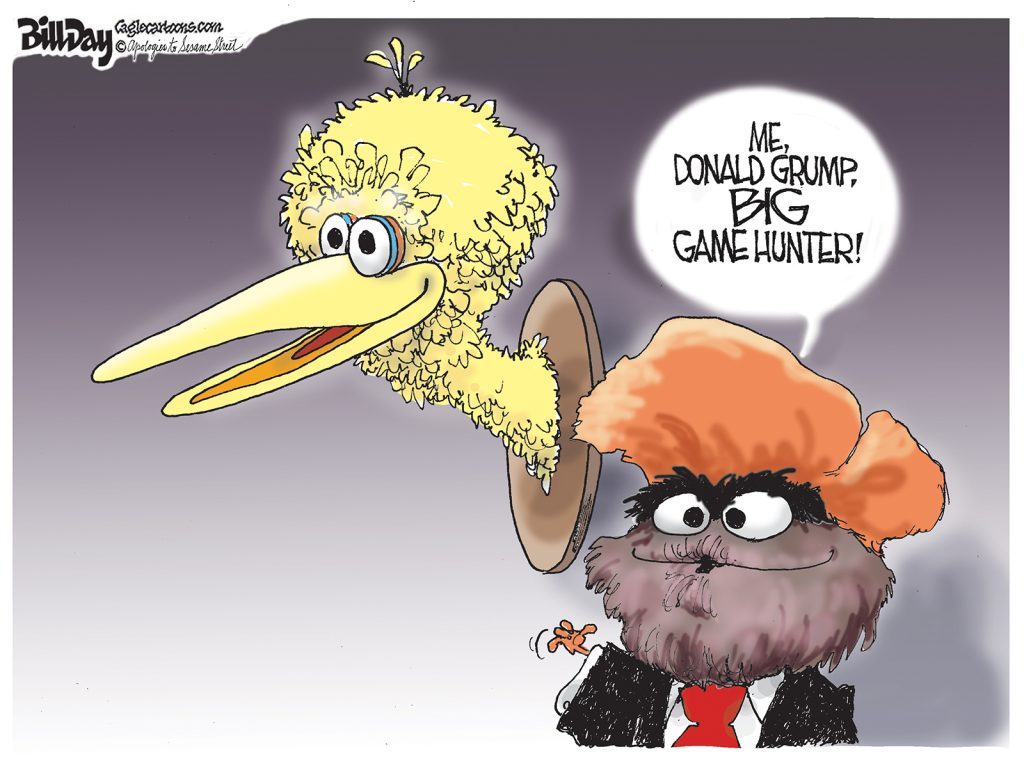Vancouver co-director of planning Larry Beasley was my guest today on “Smart City.” Vancouver is regularly named as one of North America’s most appealing cities. I wanted to know why, so I asked Larry.
According to Larry, Vancouver’s transformation began with Expo ’86 when Vancouver began re-thinking how cities are developed. The city decided not to build freeways to facilitate the suburban commute, to declare the inner city a place to live, to encourage density, to pay careful attention to how buildings meet the street, to protect view corridors with tall but skinny buildings and to make the city about quality of life rather than economic development.
Vancouver’s strategy has paid off in many ways. Ten percent of citizens actually walk to work. The density has allowed the city to build what Larry calls a “spontaneous culture” that has spawned an ideas-based economy. The density also supports a rich public life and quality amenitites.
The underlying theme of Vancouver’s planning strategy is to bring out the competitive advantages of the urban lifestyle in preference to a suburban lifestyle. What are those advantages? Larry says they include the recapture of time formerly spent commuting to spend with family, the comfort of having friends within walking distance, the convenience of shopping and a healthy lifestyle built around walking.
Most striking about our conversation was this: Vancouver made clear choices about what kind of city it wanted to be and understood that to achieve that vision meant having the courage to say no to freeways and other developments that would undercut its vision.
If only all our cities had such a clear vision and the courage to say no.



